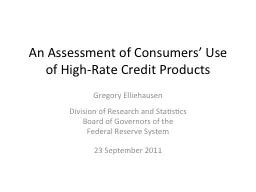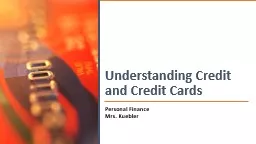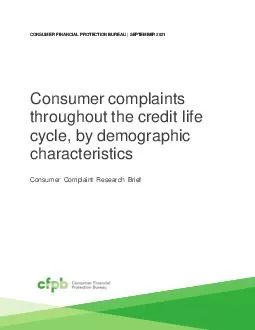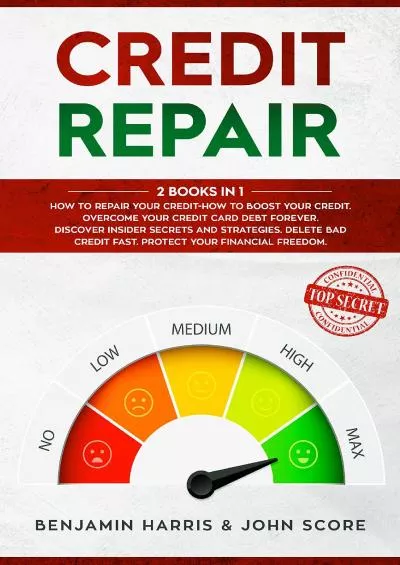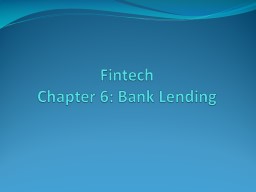PPT-An Assessment of Consumers’ Use of High-Rate Credit Produ
Author : alida-meadow | Published Date : 2016-06-14
Gregory Elliehausen Division of Research and Statistics Board of Governors of the Federal Reserve System 23 September 2011 Outline Historical background on regulation
Presentation Embed Code
Download Presentation
Download Presentation The PPT/PDF document "An Assessment of Consumers’ Use of Hig..." is the property of its rightful owner. Permission is granted to download and print the materials on this website for personal, non-commercial use only, and to display it on your personal computer provided you do not modify the materials and that you retain all copyright notices contained in the materials. By downloading content from our website, you accept the terms of this agreement.
An Assessment of Consumers’ Use of High-Rate Credit Produ: Transcript
Download Rules Of Document
"An Assessment of Consumers’ Use of High-Rate Credit Produ"The content belongs to its owner. You may download and print it for personal use, without modification, and keep all copyright notices. By downloading, you agree to these terms.
Related Documents

